Between lab and field: ZJU student resolves to tackle wheat “infectious disease”
Soft bread, chewy noodles, fragrant steamed buns, crispy biscuits — these beloved foods are all born from wheat, a staple crop that nourishes millions. But behind these everyday delights lies a hidden threat: Fusarium head blight (FHB), a devastating disease that harms wheat and jeopardizes food security in China.
How can this wheat “infectious disease” be conquered, thus ensuring the safety of the wheat products we consume? SUN Jiaxin, a master’s student in the Resource Utilization and Plant Protection program at Zhejiang University’s College of Agriculture and Biotechnology, proposed a biological control solution to combat FHB. This approach involves using “bacteria to treat bacteria”. It holds immense potential, both in advancing scientific research and in its practical application to safeguard our food supply.
“It’s definitely much better than before we sprayed the fungus suppressant. The rotting and red mold symptoms have both decreased significantly,” Sun said with a satisfied smile after gathering the last bundle of wheat.
This moment of success marks the culmination of a journey that began in 2021, when Sun first arrived at Zhejiang University to begin his graduate studies. Driven by a deep passion for agriculture, he was eager to channel his knowledge into solving real-world problems and contributing to the country’s agricultural development. His focus turned to one of China’s most essential crops: wheat.
FHB is a major fungal disease that hampers the growth of China’s wheat industry. Affecting roughly 20% of the national wheat-growing area each year, FHB poses a grave threat to food production. Beyond its destructive impact on the crop, the disease also produces mycotoxins such as vomitoxin, which endanger food safety. Recognizing its severity, China’s Ministry of Agriculture and Rural Affairs has classified FHB as a Category 1 agricultural crop disease.
In the field of plant protection, biological control is emerging as a promising solution, where beneficial organisms are used to suppress harmful pests and pathogens, thus safeguarding crops from disease.
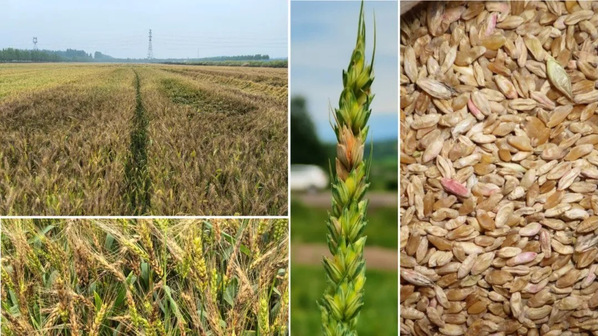
Sun quickly saw the potential of this method for tackling FHB. Supported by Professor MA Zhonghua, head of the wheat disease research team at Zhejiang University, and guided by his mentor, Professor CHEN Yun, Sun launched his research into the use of biological control agents against the wheat disease.
The road to success was anything but easy. Between March and May 2022, Sun traveled to 19 counties and cities across Jiangsu and Anhui provinces to gather rice, wheat, and corn straw samples from local agricultural test fields.
From these samples, Sun isolated 6,622 cultivable microorganisms. After evaluating the antimicrobial activity of these strains, he was thrilled to find that over 600 of these strains had some degree of disease-suppressing ability. Twelve of these strains, however, were barely studied in academic circles — sparking his curiosity and driving the focus of his research.
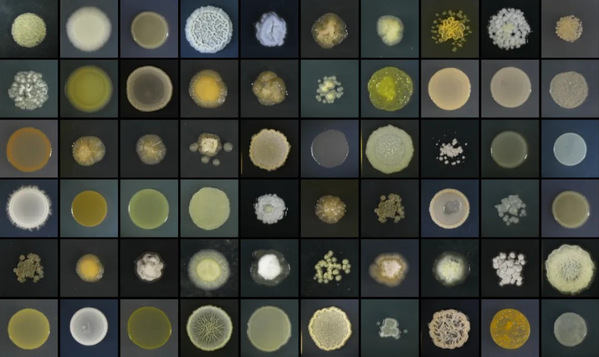
“Isolating and screening strains was a repetitive task. Sometimes it felt tedious, but I told myself that if I was going to do this, I had to do it right. So, I pushed forward, step by step,” Sun recalled.
Practice is the best way to validate experimental results. In addition to culturing isolated strains in the lab, Professor Chen urged Sun to take his research into the wheat fields, where real-world results could be observed. “This is where the true solutions lie — out in the fields, where we can develop technologies that solve industry problems,” Professor Chen emphasized.
From April to June 2023, Sun worked relentlessly during the critical wheat flowering period. He traveled across the wheat-growing regions of Anhui, Jiangsu, and Shandong provinces, spraying the fungal agents he had prepared and carefully monitoring their effects on the crops.
“In just one month, I visited test sites in three provinces. After another month, when the wheat had ripened, I returned to collect the treated straw and assess the effectiveness of the strains based on how the wheat had performed in the fields,” Sun recalled. “Although there was a one-month gap between the treatment and the assessment, the schedule was always tight. After spraying in Shandong, I had to rush back to Jiangsu to evaluate the results, juggling multiple locations and tasks in quick succession.”
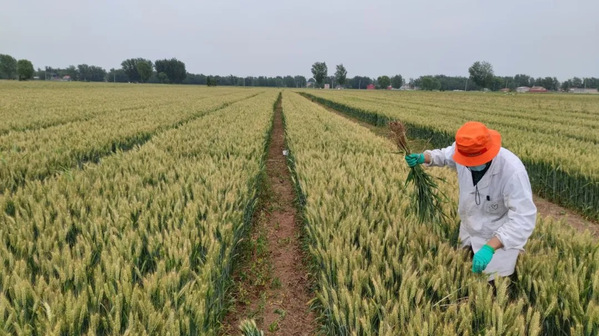
His hard work paid off: six strains of Streptomyces bacteria showed disease-reducing effects of over 70%. The strain Pa810, a biological control fungus, also demonstrated an impressive 50% efficacy in the fields—marking the first discovery of this strain’s use in combating FHB. This breakthrough opened new doors for biological control of the disease.
Alongside these promising results, Sun developed a hybrid approach that combined biological control with chemical fungicides. This method achieved over 85% field efficacy while reducing pesticide use by more than 20%. Professor Chen later refined this research and compiled it into a report that caught the attention of national authorities. “Using the knowledge I’ve gained to serve national strategies and meet the real needs of the country — that’s the true value of being an intellectual,” Sun said proudly, reflecting on his work.
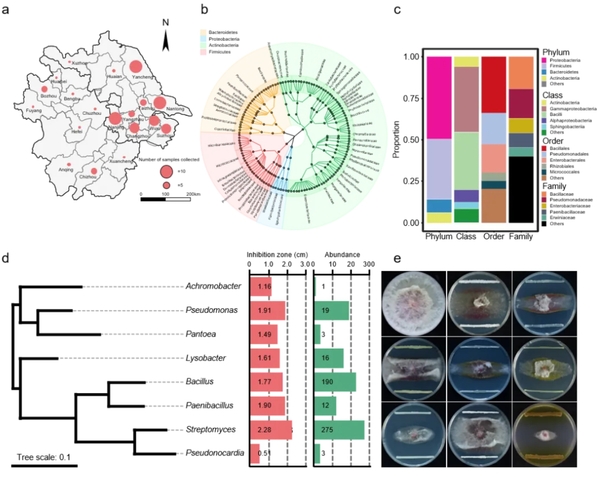
While immersed in research, Sun also experienced the invaluable lessons of fieldwork, which is a world apart from lab experiments. In the fields, he had to manage everything from equipment preparation to travel logistics and communication, learning to balance the demands of science with the realities of working in rural areas. “Fieldwork really sharpened my time management skills,” he said, noting how different it was from the controlled environment of the lab.
Agricultural production faces constant threats from pests and diseases. While chemical pesticides have long been effective in controlling these threats, their long-term use has led to a range of negative consequences: pesticide residues in food, environmental degradation, and the emergence of resistant pathogens.
As public demand for food safety and ecological protection rises, green agriculture is steadily becoming the dominant force in global agricultural development. At the heart of this shift lies the use of beneficial microorganisms for biological control of crop diseases, a vital component of sustainable pest management and a cornerstone of green farming practices.
Sun, who grew up in the countryside, has always been intimately familiar with the rhythms of farm labor. From a young age, he developed a deep passion for agricultural science, dreaming of applying his knowledge to improve real-world agricultural practices. He understands that scientific research is not a sprint, but a marathon — a long-term commitment that requires patience, reflection, and a continual effort to bridge the gap between theory and practical application.
Last year, Sun made the decision to transition from a master’s to a PhD program, not only to extend his academic journey but also to fulfill his dream of making a tangible impact on agricultural production.
“Biological control research demands dedication and perseverance. I chose to pursue a PhD because I want to delve deeper into topics I care about, at a prestigious research platform like Zhejiang University. I want to make meaningful contributions that address national and public needs. I’m not ready to end this journey too soon or take a superficial approach,” Sun said with unwavering conviction.
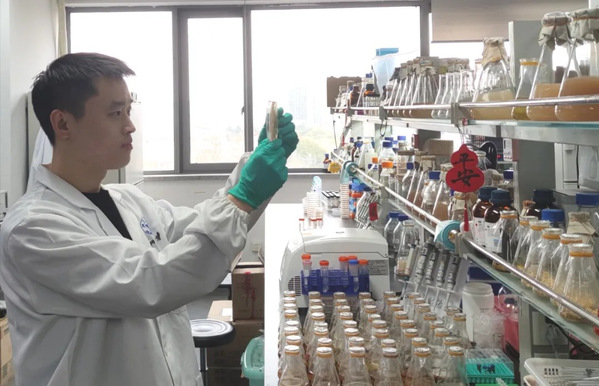
In addition to his personal development, Sun is also passionate about sharing his knowledge and enthusiasm for agronomy with his junior schoolmates. He has worked alongside Professor CHEN Yun to mentor undergraduate and graduate students on innovation projects. One of these projects, “Developing a New Solution for Wheat Fusarium Head Blight,” earned the Special Prize in the 19th “Challenge Cup” National University Student Extracurricular Academic and Technological Competition in 2024.
Currently, Sun is guiding two undergraduate students through their own scientific research training and thesis projects, passing on the knowledge and experience he has gained from his own experiments. “Teaching them how to conduct experiments has been as much a learning process for me as it has been for them. It’s a journey of mutual growth,” he said.
Adapted and translated from the article by WU Wanxin and TAN Shuai
Translator: FANG Fumin
Photo: the interviewee
Editor: TIAN Minjie